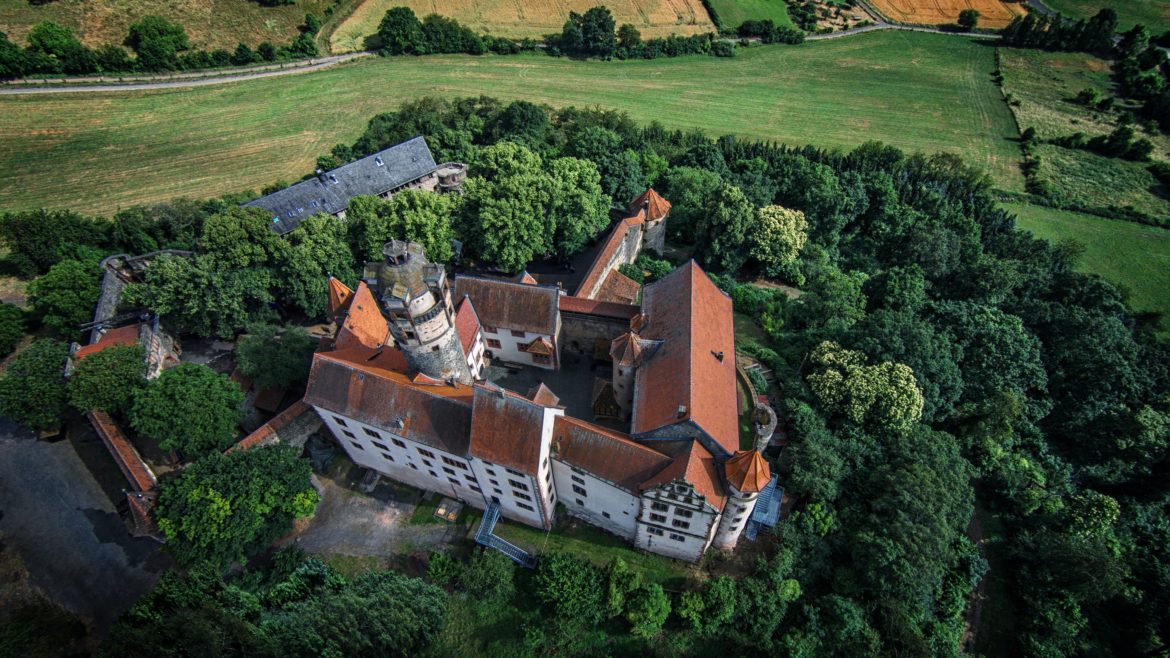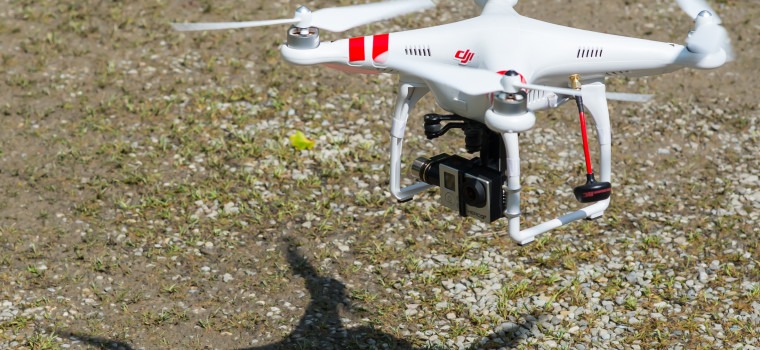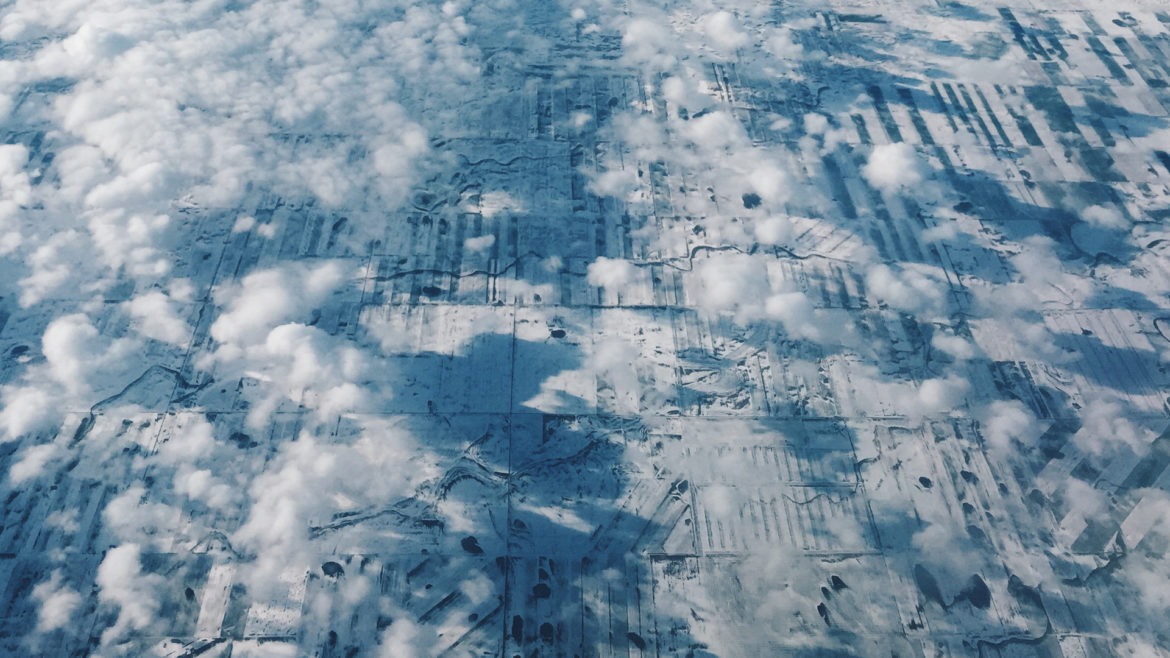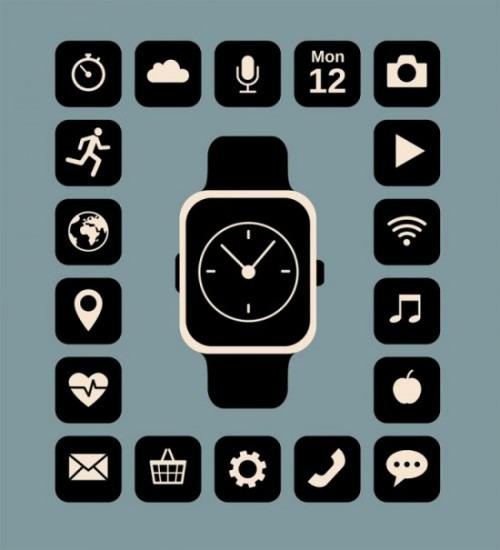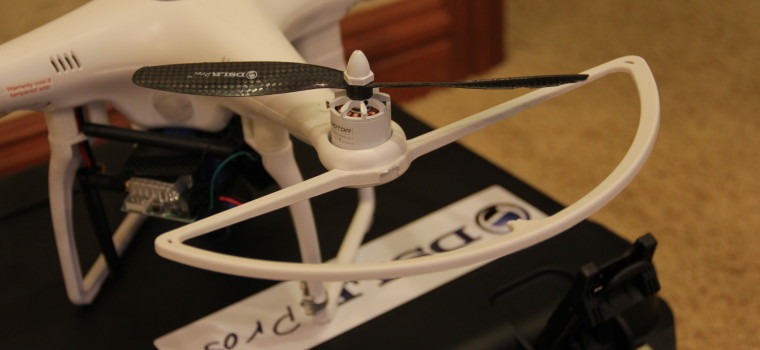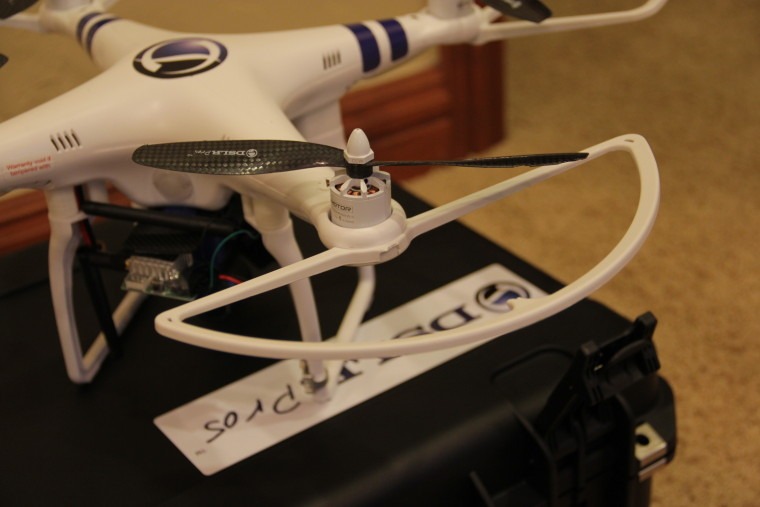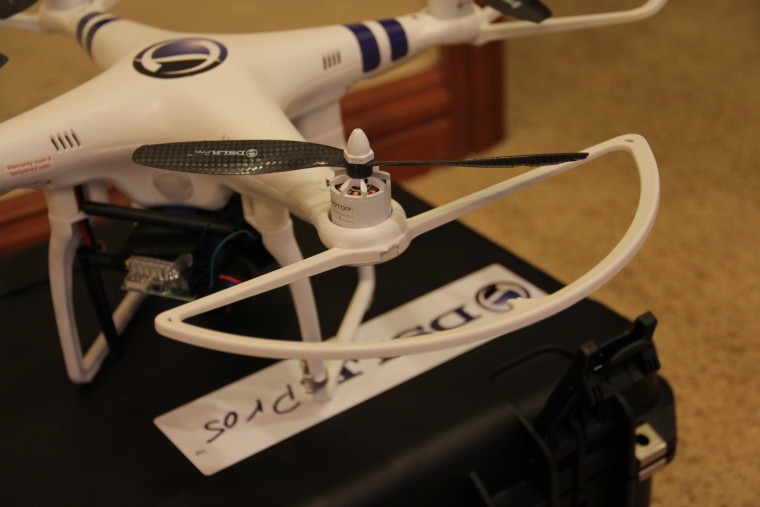There’s no question that drones revolutionized video and changed our viewing experience. From nature docs to corporate events, drones have captured beautiful footage from interesting angles that weren’t possible to achieve in the past. However, with technology quickly advancing, certified drone operators are pushing boundaries and taking aerial cinematography to a whole new level. Drones are increasingly being utilized across multiple professions to create cinematic and awe-inspiring footage – and even aid in saving lives.
Here are a few sick videos from around the web that highlight the badass tricks and practical capabilities of the modern drone.
Smooth Operator
In this commercial, Ford teamed up with Aerial Edge to capture a stunning shot we don’t usually see. Going beyond the usual “from above” view, the pilot squeezes the drone through the trees to allow the car to drive out of frame in one seamless move. It’s cinematic, perfectly paced and really challenges the status quo. Drone footage like this, which follows the action, is much more stimulating and exciting to watch!
Tricky One Shot
Do not let the easy flow of this video fool you! To accomplish these tricks so precisely, the drone operator has to be wildly talented and must completely understand the technology he’s working with. It’s much harder than it looks! Not only does he fly backward throughout the entire shot (what!?), he also perfectly times his movements to fly through small objects and tight spaces with complete accuracy. This beautifully constructed one-shot leaves no room for mistakes. In just a few minutes the sun will rise and he’ll lose the piercing light creeping up over the city. No wonder this was the 2017 Drone Film Festival Winner.
Lifesaving Technology
Drone technology company Aerones provides a great example of the diverse use of drones outside of the video industry. In 2017, Aerones launched a drone that is able to carry a human being! Despite the sheer joy on the face of the jumper in the video, this beast isn’t just for adrenaline junkies and extreme sports enthusiasts. The massive drone was designed, in part, to aid rescue teams by dropping a person into the action or pulling someone out of a dangerous situation. Afraid of heights? You might want to look away. But, I wouldn’t recommend it. This is epic.

